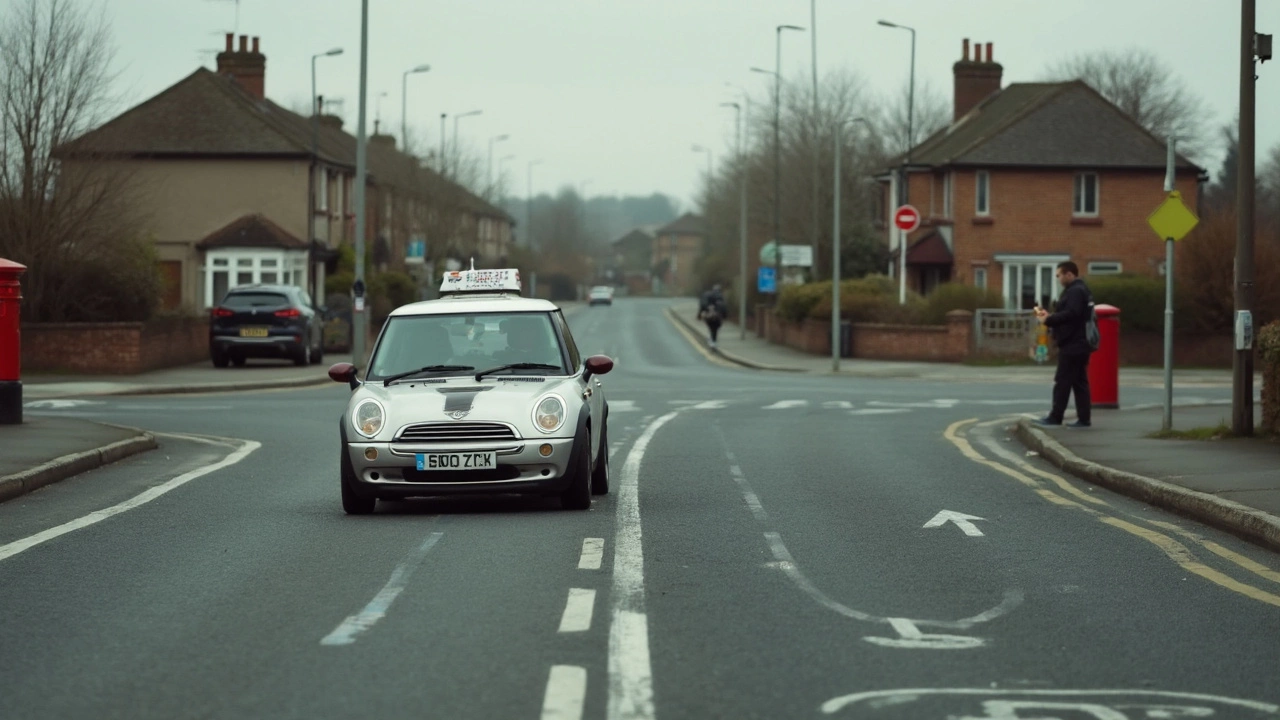Wrong Lane Driving: What It Is and Why It Matters
Ever found yourself stuck behind a slow vehicle and thought about squeezing into the next lane, only to realize it’s the wrong one? In the UK, especially for HGV drivers, being in the wrong lane isn’t just annoying – it’s illegal and dangerous. This guide breaks down the key reasons why wrong‑lane driving hurts safety, the specific regulations that apply, and practical steps you can take to avoid costly mistakes.
Why Wrong Lane Driving Is Dangerous
Being in the wrong lane throws off the flow of traffic. Other drivers expect you to stay where you’re supposed to be, so when you drift, it creates sudden braking, swerves, or even collisions. For HGVs, the impact is amplified because the vehicle’s size and weight mean a wrong‑lane move can block an entire road, cause long queues, and increase the risk of serious accidents.
Road signs and lane markings exist to guide traffic safely around bends, junctions, and overtaking zones. Ignoring them doesn’t just break the law – it erodes the predictability that keeps everyone moving smoothly. Police routinely pull drivers who repeatedly use the wrong lane, and the penalties can include fines, points on your licence, or even a licence suspension for serious offenses.
How to Stay in the Correct Lane
First, get familiar with the lane markings on the routes you drive most often. White lines mean you can change lanes when it’s safe, while double lines signal ‘no‑overtaking’ or ‘no‑crossing.’ As an HGV driver, you’ll also see specific lane restrictions for vehicles over a certain weight – usually marked with a sign showing a truck silhouette.
Before you change lanes, do a quick visual check: look over your shoulder, check mirrors, and assess the speed of traffic in the adjacent lane. If you’re unsure, stick to your current lane until you have a clear gap. Remember, it’s better to stay behind a slower vehicle for a short time than to risk a high‑impact manoeuvre.
Use technology to help. Many modern HGVs come with lane‑departure warnings that flash when you drift. If your vehicle has a GPS with lane guidance, follow the suggested route – it often steers you clear of restricted lanes.
Finally, make a habit of planning your route ahead of time. Knowing where overtaking zones, lane restrictions, and heavy‑traffic areas are can prevent you from making snap decisions that lead to wrong‑lane entry. A little forethought saves time, money, and keeps the road safer for everyone.
In short, wrong‑lane driving isn’t worth the risk. By staying aware of road markings, using available tech, and planning your journey, you’ll keep yourself and others out of trouble. Stick to the lane you’re meant to be in – the road will thank you.
- May 5 2025
- 0 Comments
- Rowan Cavendish
Can You Fail Your Test for Being in the Wrong Lane?
Messing up your lane during a driving test can be a big deal, and it’s one of the top reasons people fail. This article breaks down what examiners look for when it comes to lane choices, how a simple mistake can cost you a pass, and what you can do if you drift or end up in the wrong lane. Expect real examples, warning signs you might get it wrong, plus simple tricks to avoid slipping up on test day.
- Driving Lessons (41)
- HGV Training (31)
- Driving Test Tips (31)
- Driving Test Booking (26)
- Driving Licence Renewal (23)
- Driving Theory Test (21)
- Pass Plus Course (15)
- Driving Tips (15)
- Intensive Driving Course (15)
- Driver Licensing (14)
Categories
- December 2025 (12)
- November 2025 (13)
- October 2025 (21)
- September 2025 (5)
- August 2025 (8)
- July 2025 (30)
- June 2025 (30)
- May 2025 (30)
- April 2025 (31)
- March 2025 (30)
- February 2025 (28)
- January 2025 (34)
Archives
- driving lessons
- driving test
- driving tips
- intensive driving course
- driving test tips
- HGV training
- learn to drive
- driving theory test
- driver training
- driving test booking
- pass driving test
- HGV driving
- road safety
- driving license renewal
- Virginia driving test
- learner drivers
- safe driving
- Virginia driver's license
- driving license
- learning to drive

